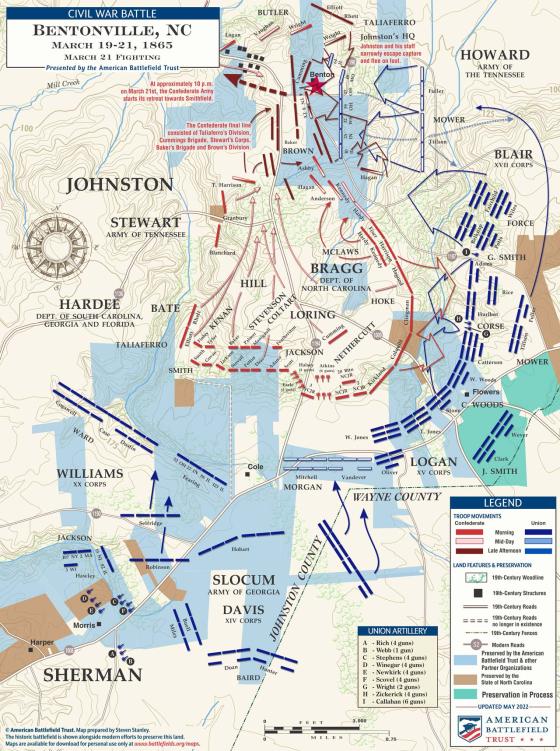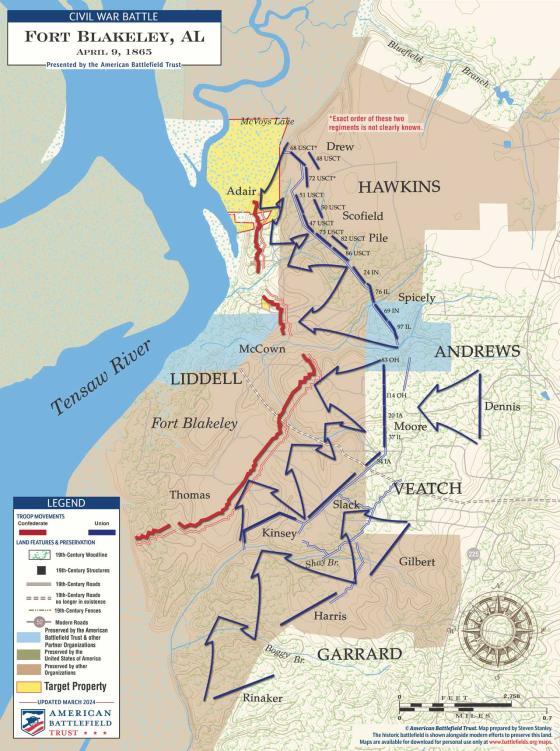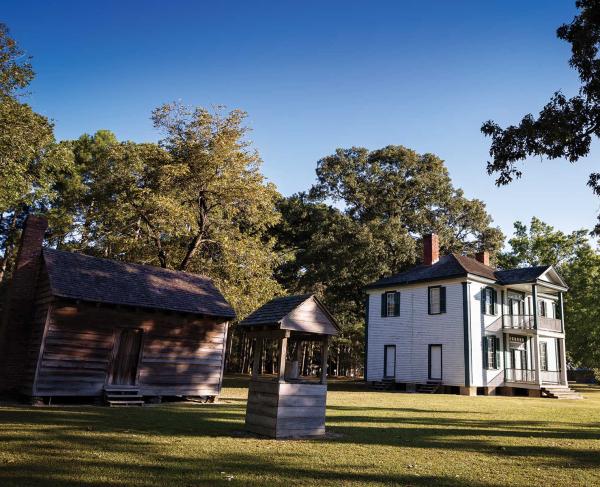"A robbing of the cradle."

On February 17, 1864, the Confederate congress passed a new conscription law that expanded the ages for enlistment. In North Carolina, soldiers mustered from 45 to 50 were sent to Senior Reserve units, and those below 20 joined the Junior Reserves. Under the leadership of Theophilus D. Holmes, North Carolina was able to muster over 4,000 soldiers into the Junior Reserves, which was over one-ninth of North Carolina's total fighting force. They saw action at the first Battle of Fort Fisher in December 1864 and the Battle of Belfield, Virginia, the latter of which the North Carolina legislature thanked the Junior Reserves for their actions.
However, in 1865, the Junior Reserves saw extensive action as Union General William T. Sherman launched a campaign into the Carolinas. President Jefferson Davis tasked General Joseph E. Johnston to slow Sherman’s progress. As a result, the Junior Reserves saw action at the Battle of Wyse Fork. A few weeks later, at Bentonville, an entire Junior Reserve Brigade, composed of the 1st, 2nd, 3rd and 20th units, under Colonel John H. Nethercutt was attached to Major General Robert F. Hoke's division. Nethercutt's brigade saw some action on the second day of the engagement when General Oliver O. Howard's Union Army of the Tennessee arrived on the field. The Reserves were noted for pushing back minor Federal attacks. Johnston surrendered his army, including the Reserves, to Sherman at the end of May.

By late 1864, Alabama was able to raise nine reserve regiments and three battalions, primarily comprised of young men. Many reserve units were utilized in the defense of Mobile. The Junior Reserve units defending Mobile, the 1st and 2nd Alabama Reserves, were given official designations into the Confederate army, with the 1st becoming the 62nd Alabama Infantry and the 2nd becoming the 63rd Alabama Infantry. That spring, the reserve units were sent to defend Fort Blakeley, which protected Mobile's eastern approaches to the city. After arriving in the area, the 62nd and 63rd were assigned to Colonel Bryan M. Thomas's brigade. In April, Union forces under the command of General Edward Canby attacked Fort Blakeley. The Junior Reserves were engaged in some of the thickest fighting on the Confederate right. After the battle, many of these soldiers were captured, and those who managed to escape surrendered later in May with what was left of Richard Taylor's Confederate army.

While these units gave much-needed support to the Confederacy, they did not escape criticism. Many critiques of the policy of expanding the enlistment age came from worried families who feared it took their young sons away from the fields to work farms and support the family. Even Confederate President Jefferson Davis described this new conscription law as "a robbing of the cradle." Though the Junior Reserves' role in the Civil War was brief, their involvement in some of the last days of the war shows the Confederacy’s desperation for soldiers toward the end of the Civil War.
Help the Trust save 161 acres across consequential Western Theater battles — Fort Heiman and Fort Henry, Brown’s Ferry/Chattanooga, Spring Hill, and...
Related Battles
1,527
2,606


